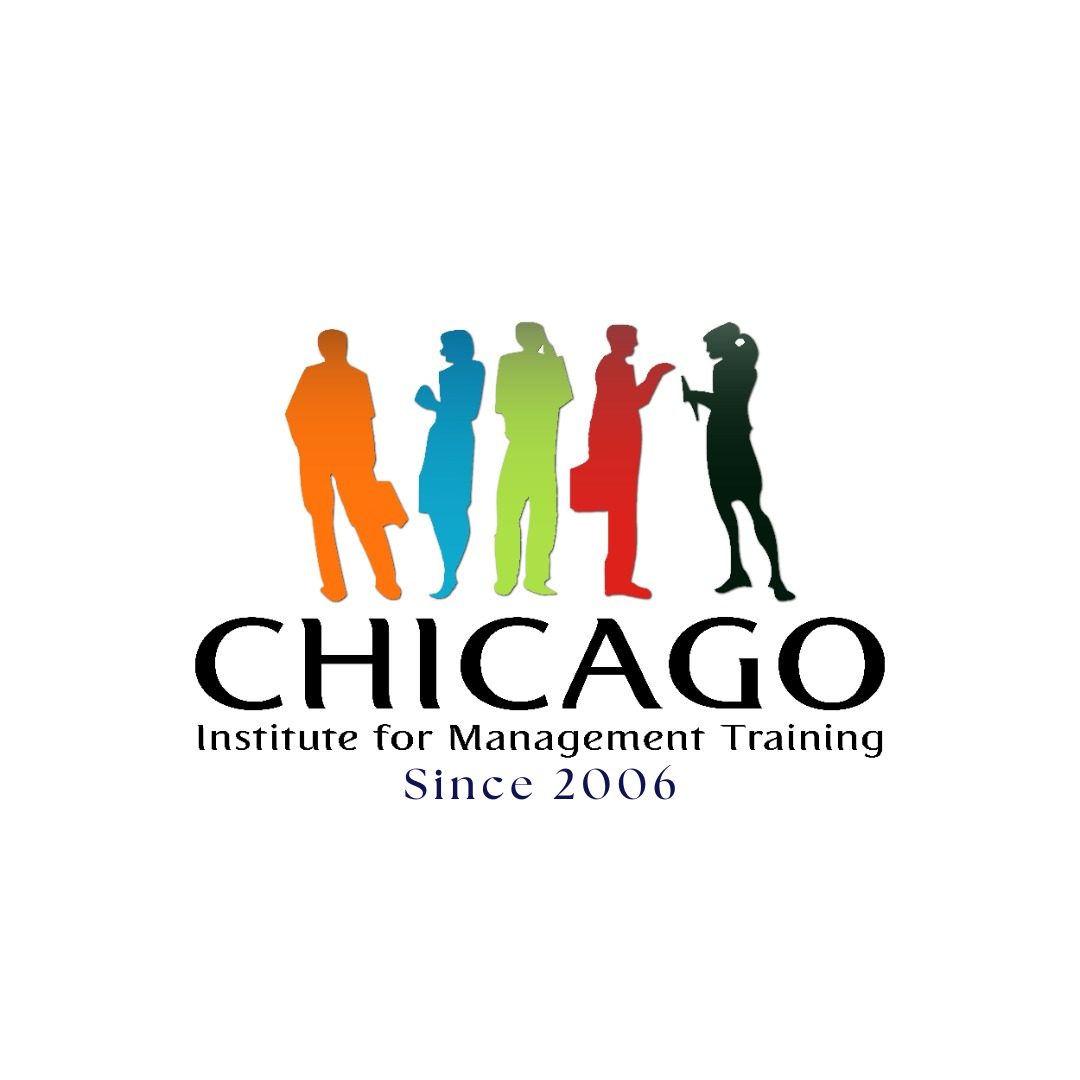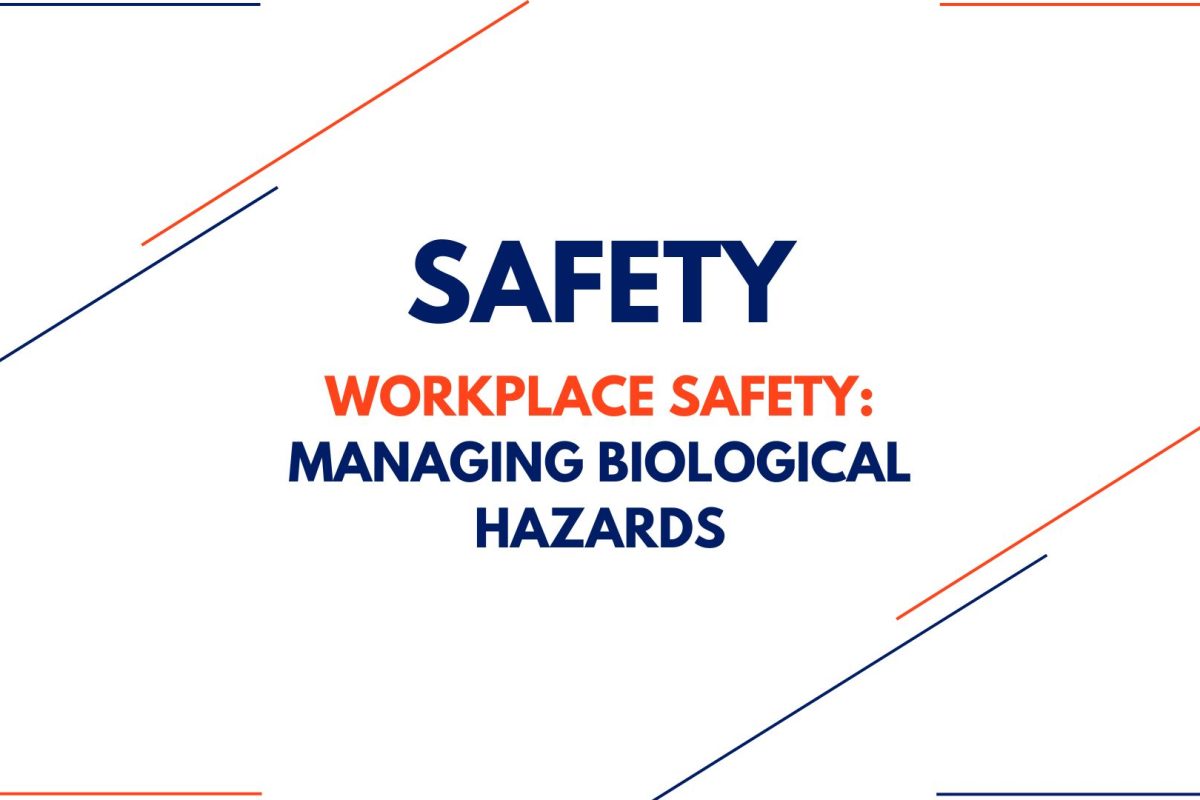Objective: To illustrate how companies optimize service levels in logistics to achieve operational efficiency, cost control, and enhanced customer satisfaction, using real-world examples.
Introduction: Target optimization of service levels in logistics focuses on balancing cost-efficiency with service quality. This involves aligning inventory management, transportation, and warehousing processes with customer expectations to deliver value while minimizing expenses.
Background: Global supply chains face challenges such as fluctuating demand, rising transportation costs, and increased customer expectations. Optimizing service levels ensures timely delivery of goods, reduces operational bottlenecks, and fosters competitive advantage.
Case Study 1: Amazon’s Predictive Analytics for Delivery Performance Challenge: Amazon, a global leader in e-commerce, needed to ensure fast delivery (often same-day or next-day) while managing costs across its vast logistics network.
Solution:
- Amazon implemented advanced predictive analytics to forecast demand and strategically position inventory in fulfillment centers.
- Using machine learning, they optimized routing for last-mile delivery, considering traffic patterns, weather conditions, and order density.
Result:
- 99% on-time delivery rates in many regions.
- Reduced transportation costs due to efficient route planning and regional inventory placement.
Case Study 2: Coca-Cola’s Dynamic Inventory Management Challenge: Coca-Cola needed to ensure the availability of products in stores worldwide without overstocking or incurring excessive storage costs.
Solution:
- The company implemented a Just-In-Time (JIT) inventory system supported by IoT-enabled vending machines and distribution centers.
- Real-time data on product consumption allowed the company to adjust restocking schedules dynamically.
Result:
- 25% reduction in inventory holding costs.
- Improved product availability and fresher stock at retail outlets.
Key Insights from the Case Studies:
- Technology Integration: Leveraging predictive analytics, IoT, and machine learning is critical to aligning logistics operations with customer demand.
- Customer-Centric Approach: Optimizing service levels focuses on understanding customer expectations and ensuring timely, cost-effective delivery.
- Data-Driven Decision-Making: Real-time data aids in efficient inventory management and transportation planning.
Conclusion: Optimizing service levels in logistics requires a strategic balance between cost efficiency and customer satisfaction. Companies like Amazon and Coca-Cola demonstrate that leveraging technology and data can significantly enhance logistics performance, ensuring service excellence while controlling costs.




